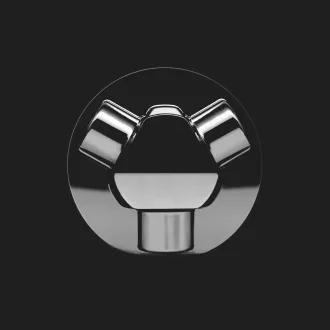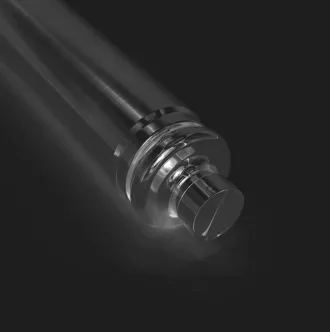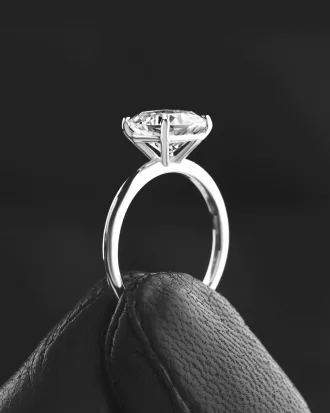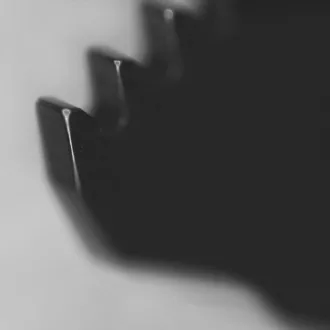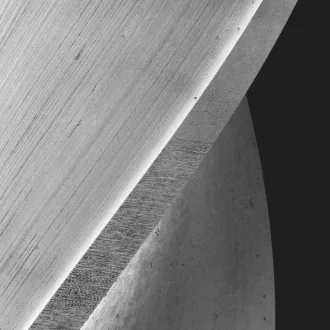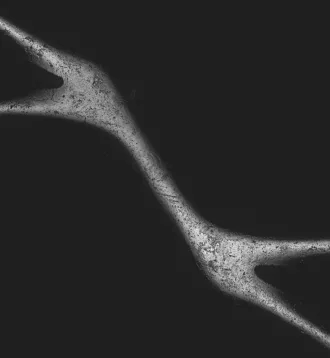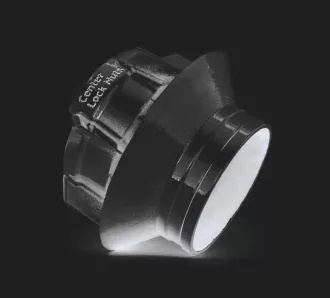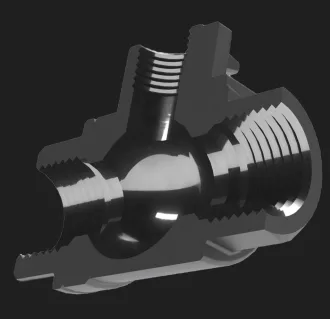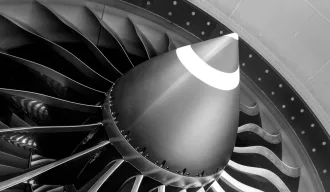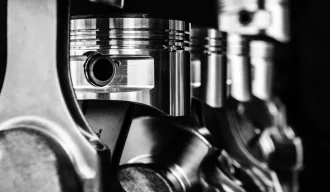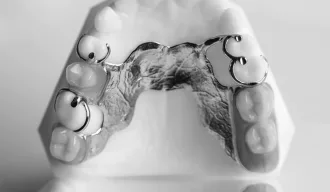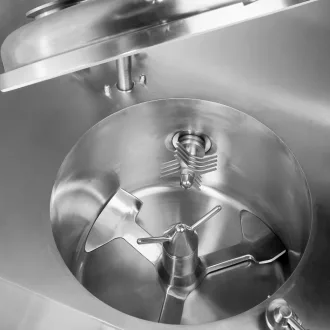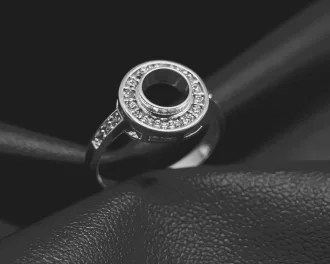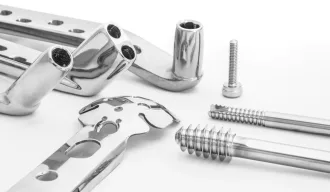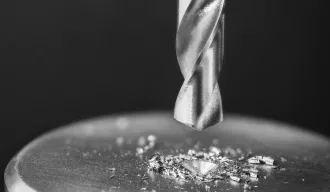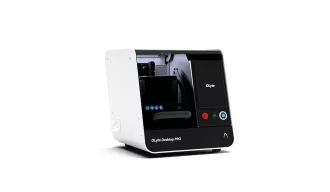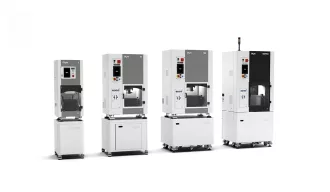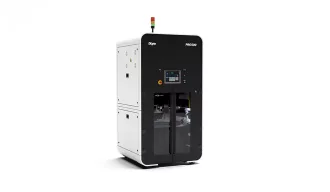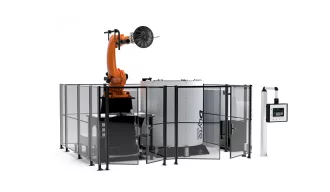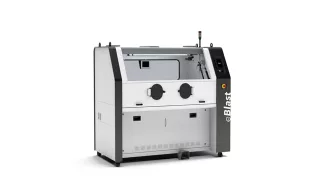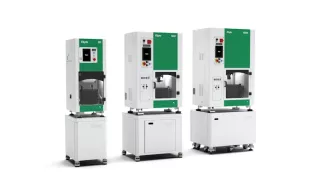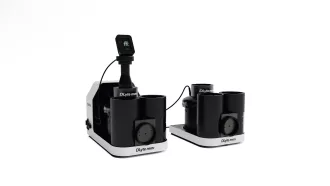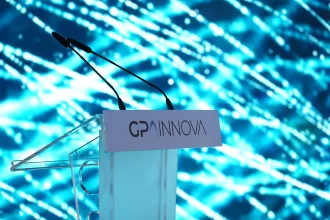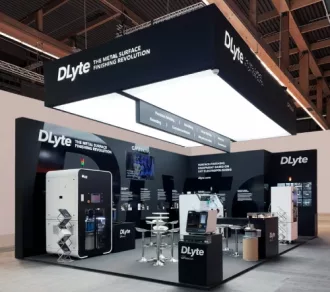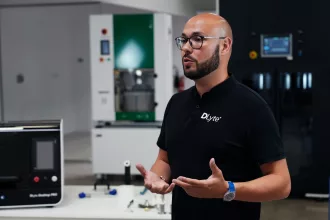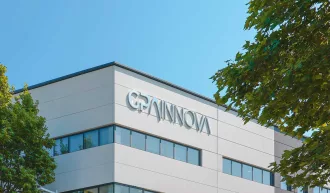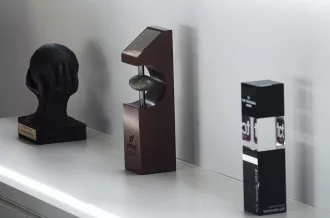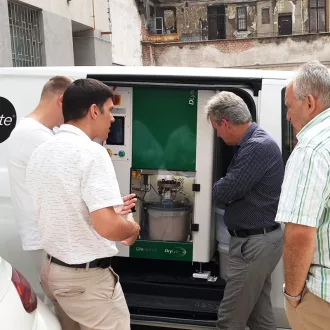The client is a company dedicated to design, manufacturing, maintenance and refurbishment of injection molds for high end industries such as medical device, optics, or packaging, that require high gloss finishing.
THE PROBLEM
Before contacting GPAINNOVA, the company polished manually, as there was no automated polishing method capable of achieving the requested quality and precision. Manual polishing is an abrasive method that involves the use of sandpaper, oilstone, felt wheel, abrasive paste, alloy trowel, diamond grinding needle, bamboo, fiber whetstone, and round rotary grinding machine, resulting in inconsistent finish across the mold and posing a higher risk of tool deformation, size or geometry alteration, or other effects related to the polishing process. Additionally, this circumstance involved high labor costs and excessive polishing time.
THE GOAL
The customer was looking to improve production capacity and quality while reducing the cost of polishing slide insert molds for plastic injection. The organization needed to polish the molds to achieve higher quality and longer lifecycles, thus reducing refurbish and maintenance costs.
Regarding the polishing target, it aimed to achieve mirror surface finishing and a significant roughness reduction to reach an Ra goal of 0.05 micrometers, including in narrow slots, while preserving the radius of the external and internal sharp edges unaltered.
THE SOLUTION
GPAINNOVA successfully achieved the technical surface specifications while minimizing both total process time and cost. These technical specifications encompassed achieving a high-gloss polish on the mold to reduce the surface texture of injected parts, preventing premature failure and corrosion, and maintaining tight tolerances.
Engineers effectively replaced the former manual polishing process with the fully automated DLyte surface finishing system. This transition resulted in consistent outcomes across batches, attainment of the desired roughness target, extended service life for treated parts, and the production of biocompatible components.
Time saving with DLyte was significant. Based on the processing time of 124 minutes, the DryLyte Technology was able to achieve a high-quality surface finishing for a batch of 16 pieces.
Are you interested in learning about the production increase, the comparison of previous and current costs per piece, or how DLyte can boost your business? Download now our free case study!
TECHNICAL BENEFITS
01. Geometry and tolerance preservation & homogeneous results across the piece
02. Best-in-class concerning surface roughness (Ra under 0.05 micrometers)
03. Stable results among different batches within the electrolyte lifespan
04. Longer lifespan for treated parts
05. Biocompatibility proved
OPERATIONAL BENEFITS
01. Reduced footprint
02. Time and cost reduction
03. Exposure of workers during process and maintenance
04. Handling and storage of media
05. No need for multistep processes
06. Easy waste management
